#Qutub Minar
Explore tagged Tumblr posts
Text

QUTUB MINAR - INDIA
19 notes
·
View notes
Text
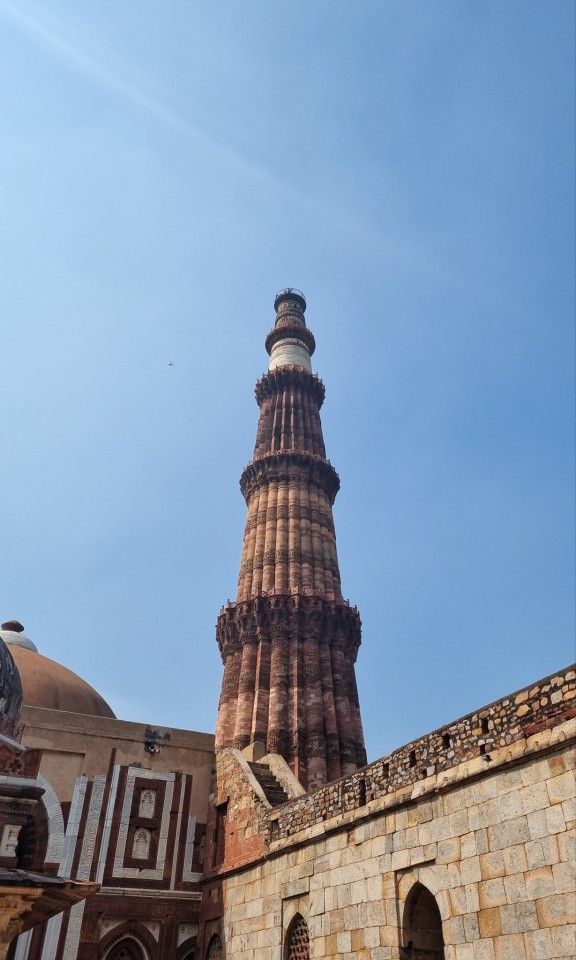
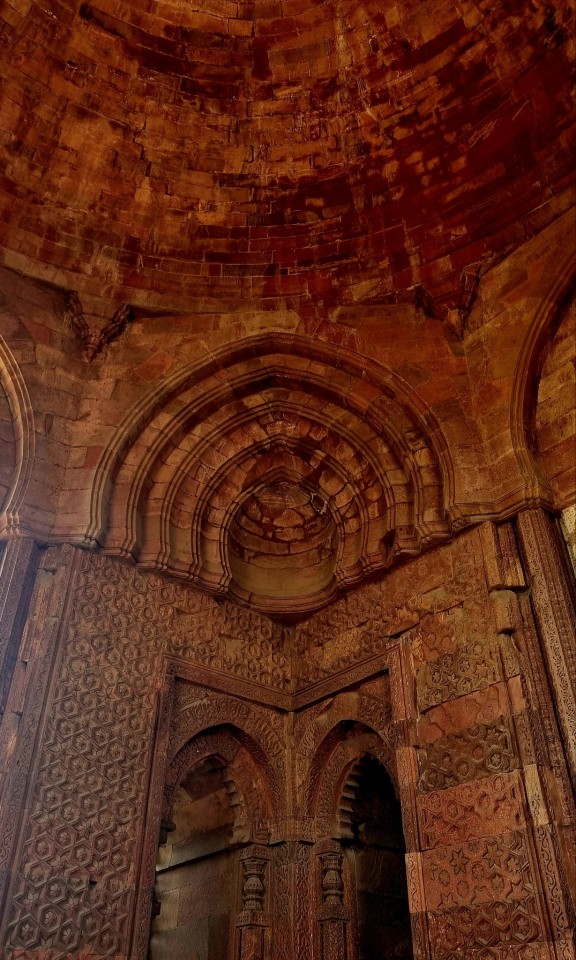
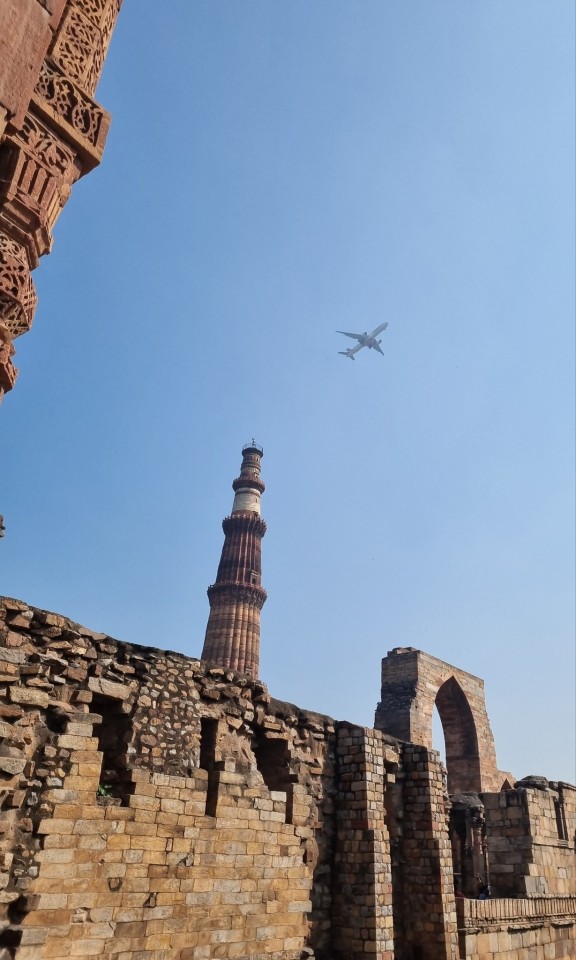
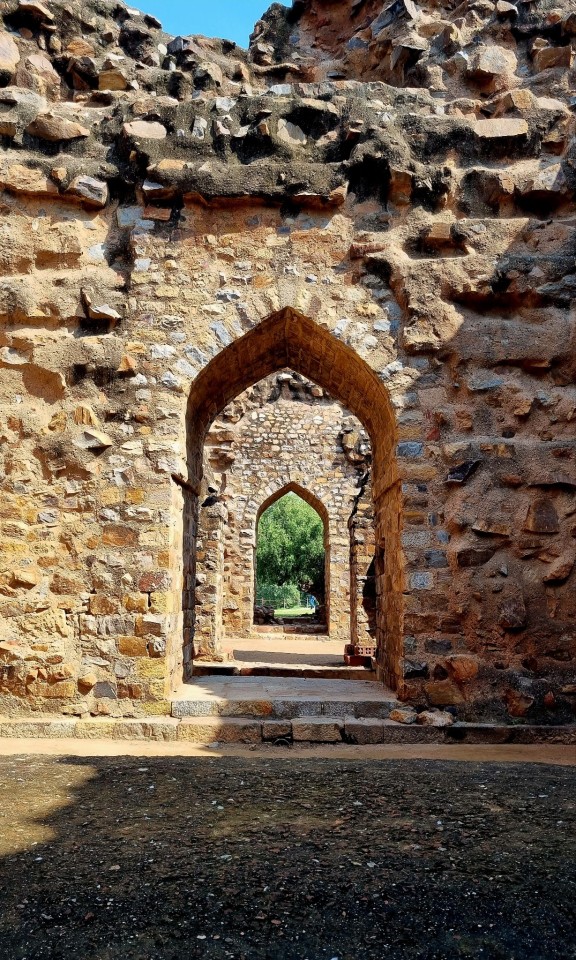
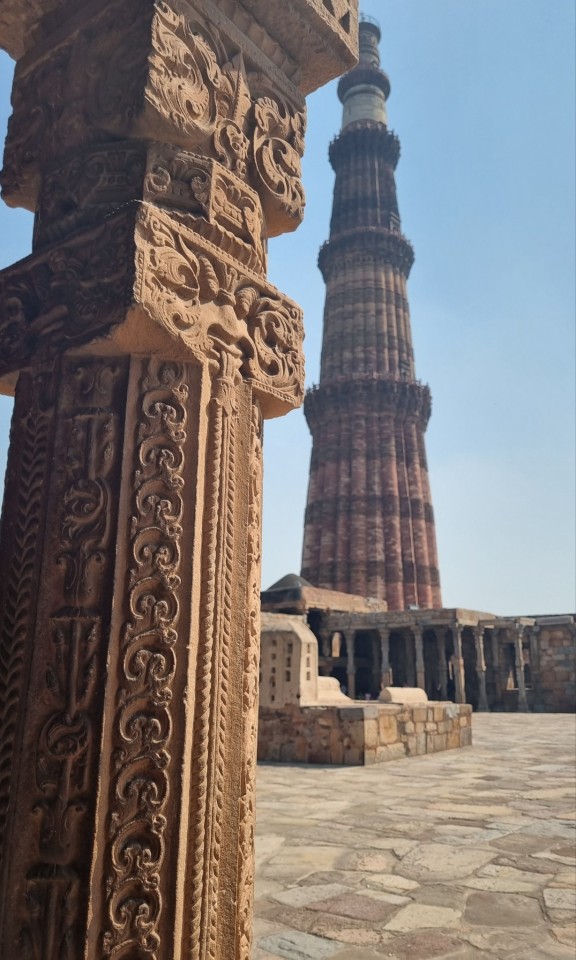
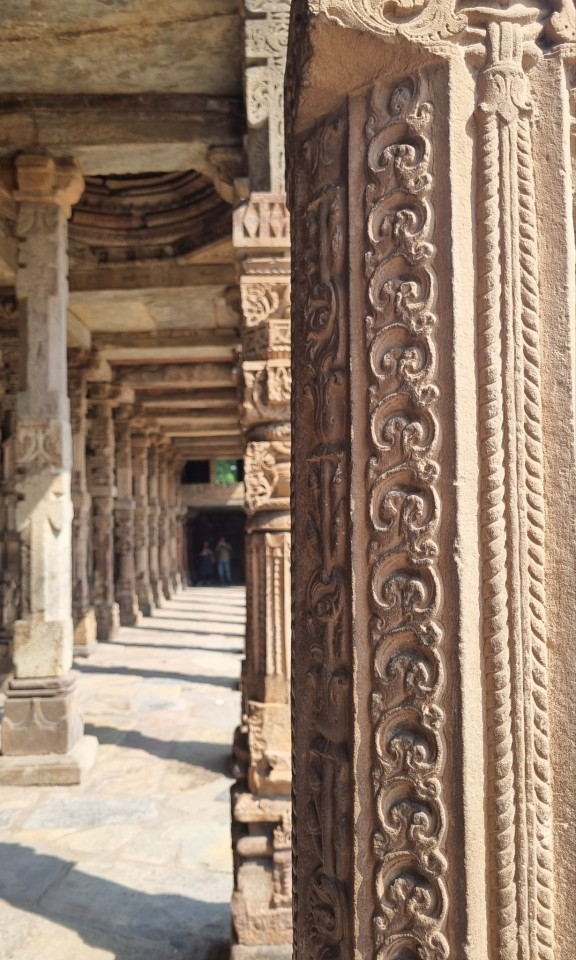
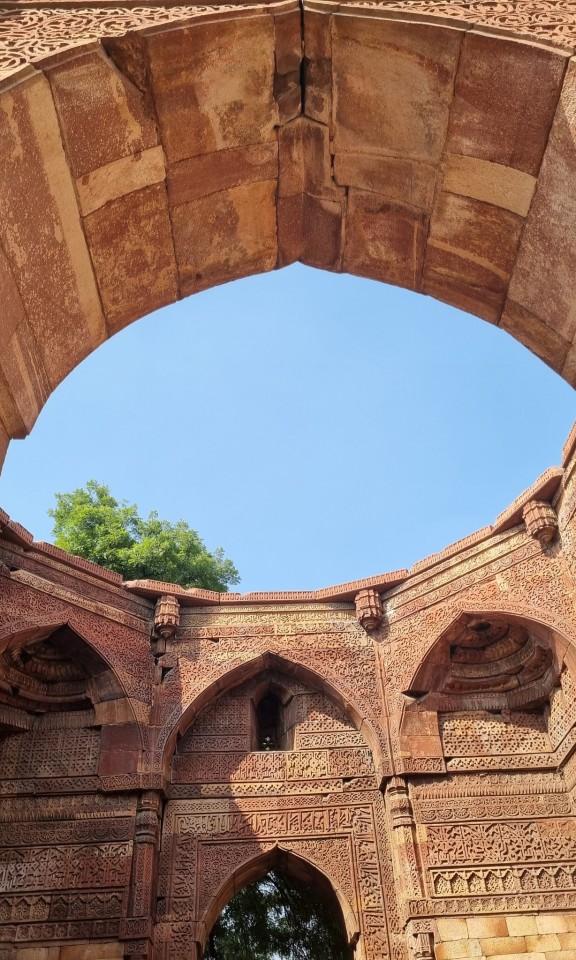
Please like or repost if downloading. Please give credit if you're sharing it online.
#qutub minar#history#monuments#dilli#delhi#new delhi#india#cultural#asia#delhi sultanate#mughals#mehrauli#qutub complex#indo islamic architecture#qutb ud din aibak#iltutmish#tughlaq dynasty#lodi dynasty#wallpaper#historical wallpapers#phone wallpapers#indian monuments#historical monuments#for you#trending#tumblr
17 notes
·
View notes
Text
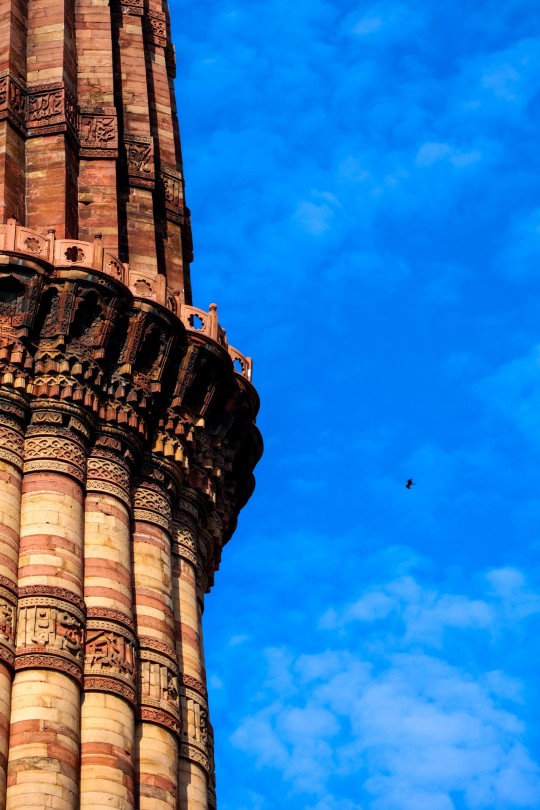
Qutub Minar 📸
#aesthetic#anime and manga#lightroom#photography#street photography#picoftheday#camera#my pics#trending#lightr#qutub minar#photooftheday#photoshoot#my photos#picrew#picture#clickedbyme#captured
2 notes
·
View notes
Text

Qutub Minar
0 notes
Text
Qutub Minar The Iconic Structure
Qutub Minar Delhi has been center of many dynasties and been capital of Independent India. Qutub minar is a famous monument and I guess every Indian would know about it. This time I got a chance to see it and one thing stood out was that many of the pillars used in the structure around Qutub Minar were part of Hindu/Jain temples and this is very much evident from whatever has remained there. So…
#Afghanistan#Bangalore#Delhi#Hinduism#INDIA#Islam#Minaret of Jam#Mohammed of Ghur#Prithviraj Chauhan#Qutub Minar
0 notes
Text
Best Places to Visit in Delhi: A Complete Guide to Exploring India’s Capital
Discover the best places to visit in Delhi, from iconic landmarks like the Red Fort and India Gate to bustling markets like Chandni Chowk. Whether you’re interested in history, culture, or cuisine, this guide covers everything you need to know about Delhi's top attractions. Explore stunning Mughal architecture, experience vibrant street food, and take in the modern charm of India’s bustling capital. Plan your trip with our comprehensive guide to the best places in Delhi.
#Best places to visit in Delhi#Delhi travel guide#Delhi tourist attractions#Red Fort#India Gate#Qutub Minar#Humayun's Tomb#Chandni Chowk#Akshardham Temple#Delhi street food#Delhi markets#Delhi history#Delhi culture#must-visit places in Delhi#Delhi sightseeing#top places in Delhi#Delhi tourism.
0 notes
Text
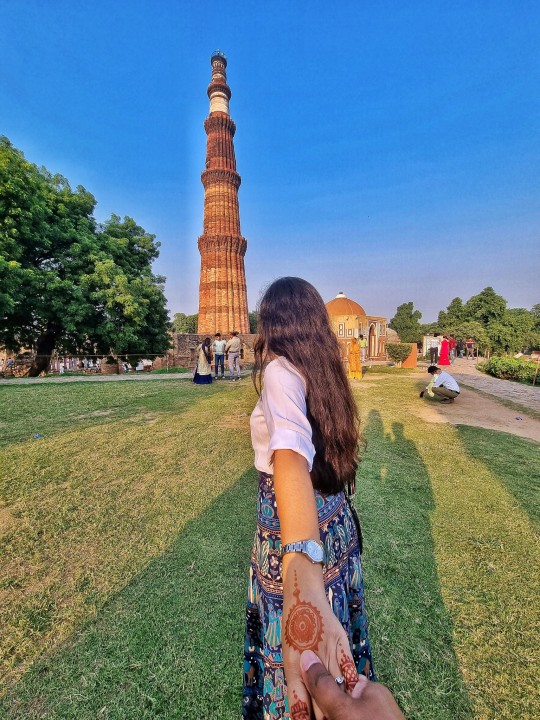
Qutub Minar
1 note
·
View note
Text
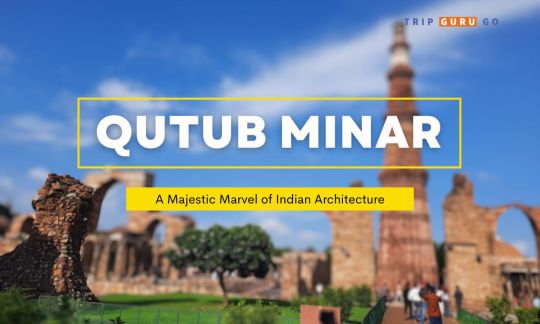
#Qutub Minar#Indian Architecture#UNESCO World Heritage Site#Delhi#India#Indo-Islamic Architecture#Historical Landmark#12th Century Monument#Majestic Tower#Cultural Heritage#Tourist Attraction#Architectural Marvel#Delhi Sightseeing#Qutb Complex#Delhi Tourism#Heritage Conservation
0 notes
Text
Delhi! Immerse yourself in the rich heritage of iconic landmarks like the Red Fort and Qutub Minar. Lose yourself in the bustling markets of Chandni Chowk and indulge in mouthwatering street food. Experience the fusion of culture, art, and flavors in this incredible city! #travelocity #trip #tranding #photography #markablejoy #olddelhi #delhi
https://www.markablejoy.com/
Tripadvisor:- https://www.tripadvisor.in/Attraction_Review-g304551-d23936320-Reviews-Markable_joy-New_Delhi_National_Capital_Territory_of_Delhi.html
Get Your Guide:- https://www.getyourguide.com/markable-joy-s275799/
Book Now:- +91 9634361164
#new delhi#markablejoy#taj mahal#amber fort#humayuntomb#qutub minar#city palace#jal mahal#old delhi#delhi agra jaipur tour#taj mahal tour
0 notes
Text

If only I had time enough to click every nook and cranny of this beautiful monument. The intricate details on the walls are breathtaking and I tried my best to click as many pictures as possible.
I thought of finally posting all the pictures I clicked at the Qutub Minar, but I cannot bring myself to post all the pictures at once! I want to put out the pictures one by one, because why arrange them in a crowd and make them easy to miss?
This is one of my favourite clicks and posting it feels like I finally scratched that itch on my back.
..............................................................................
#my clicks#aesthetic#photography#delhi#monuments#photography of monuments#monument#qutub minar#minaret#brick and mortar#phone photography#qutub minar complex#the pencil wielder
30 notes
·
View notes
Text
Qutub Minar Built on Hindu Temple, Archeological Survey of India 1871 Report
I had published articles on Mughals contribution to India . List of temples destroyed by Islam in India. Vishnu’s Feet in Humayun’s Tomb. How , in Malabar, Brahmins were massacred by Tipu Sultan and how they were forced to eat meat and converted to Islam. Massacre of Brahmins of Mandya, Karnataka,India on Depavali and they do not celebrate Depavali,an important festival of Hindus. How…
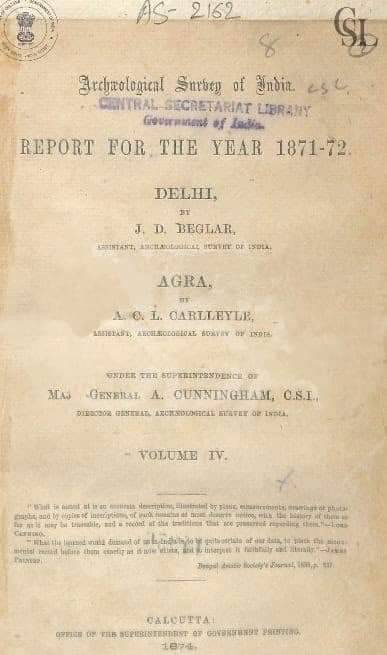
View On WordPress
#Archeological Survey of India Report Qutub Minar#குதுப் மினார் இந்து கோவில்#Qutub Minar#Qutub Minar Hindu Temple#Sir Alexander Cunningham#Temples destroyed by Muslims#Vikramaditya Dwaja Sthamba#Vikramaditya Victory Arch
1 note
·
View note
Text

When you realize you can see this in just 4 days... 👀
Me: Pack your bags, we’re going on an adventure! 🎒✈️
🎯 Book the 4-Day Golden Triangle Tour and level up your vacation game. 👑 Delhi’s Qutub Minar: It’s tall, it's historic, and it's definitely more photogenic than you. 📸 ✨ Jaipur: Pink walls, majestic forts, and yes, more Instagram likes than you can handle. 😍 Agra: Taj Mahal – Swipe right for eternal love 💕
➡️ Why take a boring trip when you can have this? Your next adventure is calling! 📞
#Golden Triangle Tour#4 Day Adventure#Travel Goals#Qutub Minar Vibes#india travel#cultural experiences#explore india#tour#cultural heritage#new delhi#agra#jaipur
0 notes
Text
स्मारकों के स्वामित्व को लेकर भिड़े एएसआई और वक्फ बोर्ड, एएसआई ने जेपीसी को सौंपी ऐसे 120 स्मारकों की सूची
स्मारकों के स्वामित्व को लेकर भिड़े एएसआई और वक्फ बोर्ड, एएसआई ने जेपीसी को सौंपी ऐसे 120 स्मारकों की सूची #News #DelhiNews #DelhiUpdates #DelhiPolitics #DelhiEvents #DelhiLifestyle #DelhiBuzz #DelhiCulture #DelhiCommunity #DelhiActivism #DelhiEducation
Delhi News: एएसआई और वक्फ बोर्ड के बीच स्मारकों के स्वामित्व को लेकर विवाद छिड़ा है। वक्फ (संशोधन) विधेयक की जांच कर रही संसदीय समिति को भारतीय पुरातत्व सर्वेक्षण (एएसआई) ने शुक्रवार को 120 से अधिक स्मारकों की सूची पेश की। एएसआई ने कहा कि स्मारक उनके संरक्षण में हैं, लेकिन विभिन्न राज्य वक्फ बोर्ड स्मारकों पर अपना दावा करते हैं। विपक्षी सदस्यों ने एएसआई की दलील की आलोचना की कि मुस्लिम निकाय किसी…
#archaelogical survey of india#archaeogical survey of india#archaeological survey of india#archaeological survey of india (asi)#archaeological survey of india and the historical imagination#archaeological survey of india delhi#archaeological survey of india gives clarity on qutub minar#archaeological survey of india inspection in weaving factory#archaeologists survey of india#archeological survey of india#ASI#asi vs waqf board on tajmahal#delhi waqf board#India#JPC#land grab waqf board#list of 120 monuments#monuments#ownership#pm modi archaeological survey of india#shia waqf board#sunni waqf board#up waqf board survey#wakf board#waqf board#waqf board bill#waqf board chairman#waqf board controversy#waqf board land grab#waqf board latest controversy
0 notes
Text

Qutub Minar
0 notes
